The cobweb is a little-known mushroom, with a wide variety (more than 2000 species), it is not very popular, it does not have a pronounced taste and aroma, it is poorly studied, it often grows in inaccessible wetlands, and it is difficult to recognize edible and inedible varieties. But several edible varieties of cobweb fungus are quite suitable for various cooking.
Content
Characteristic features of the variety
It’s not easy to figure out mushrooms on spider webs, even after studying the photo, many mushroom pickers ignore all types of this fungus, because there are many inedible, toxic and poisonous ones. With their bright colors, they attract the eye, but, like fly agaric, rather warn of danger.
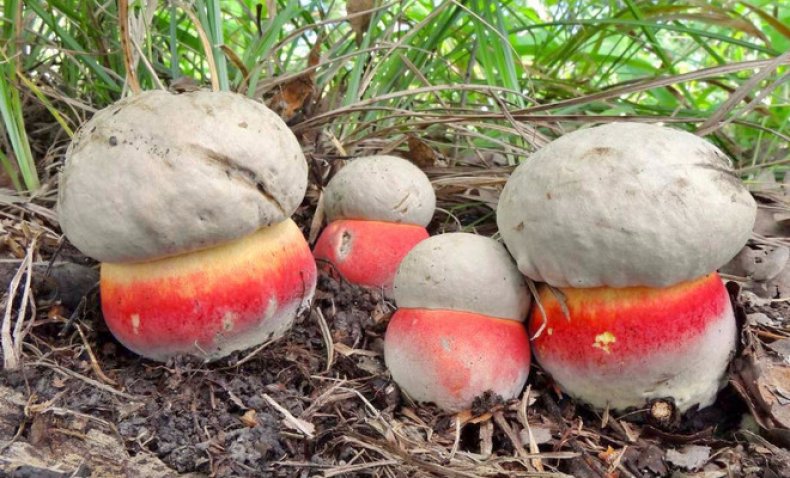 You may be interested in:
You may be interested in:External characteristics
Many types of cobwebs are outwardly similar to grebes - a thin high leg, a cone-shaped hat (abnormal). Others have colors unusual for “decent” mushrooms (violet, gray-blue, water-blue).
There are varieties with constantly “wet”, slippery-mucous hats that cause disgust (anise, mucous). And there are also beautiful ones, similar to borovichki (large, thick-fleshy) with strong cylindrical legs and beautiful rounded hats (red-brown).
Morphology
The main difference of all cobwebs is Cortina, the thinnest film that envelops, like a veil or cobweb, a hat and a leg of a mushroom. At a young age, this veil is large and whole; in a more mature one, it can be found in parts at different sites.
A large genus of Spiderwebs, of the order of Lamellar or Agaric mushrooms with subgenera and subspecies, is hat-leg mushrooms. Their hymenophore is lamellar and can be of different colors, like the entire fruiting body. Spores are predominantly brown in color.
Habitat
The popular name “pribolotnik” explains the most frequent places of growth - moist, mossy, small-sized, usually around conifers. Large areas of the temperate climatic zone in the Northern Hemisphere are known - almost all of Eurasia and North America.
Edible species with photo
Among the enormous species diversity of the bog, one can name only 3 species that unconditionally relate to edible mushrooms:
- Triumphal or yellow spiderwebs are recognized as the most delicious of all mushrooms with spider webs. Its mucous cap reaches 12 cm, in the process of growth it changes from hemispherical to flat. It can be from bright yellow to brownish.
The leg grows up to 15 cm in height, up to 3 cm thick, can be either cylindrical or conical, has a scaly-shaped belt. The plates are often creamy with a blue tint, which browns with aging of the fungus. Distributed throughout Eurasia, often develops in mycorrhiza with weeping or hanging birch.
- The cobweb is considered the safest excellent, it has a pleasant aroma and taste, but is rare, mainly lives under beech trees. This is a large mushroom, a hat up to 20 cm, and a leg up to 14 cm.Young specimens are distinguished by a purple color; as they grow older, it turns into a characteristic wine-red with brown-purple hues. The plates are grayish, in old age - brown-beige.
- Less well-known, but also edible cobweb is watery blue (gray-blue). Its cortina is not like a film, but completely cobwebby, a hat of bluish-gray color and has characteristic ideally smooth edges.
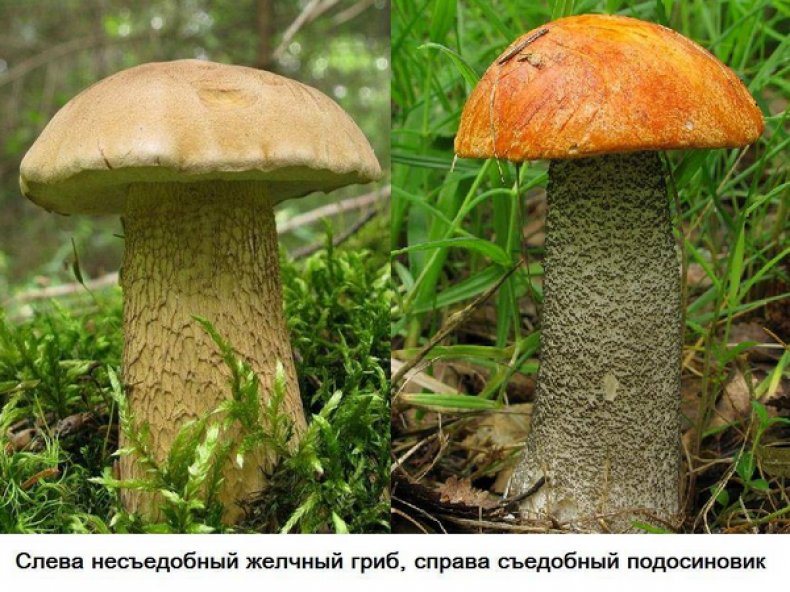 You may be interested in:
You may be interested in:Terms and conditions of collection
You can hunt for bogs from the middle of summer and almost to the very first frosts. But it must be borne in mind that it will be difficult for inexperienced mushroom pickers to distinguish edible varieties from poisonous ones, therefore it is better not to take fruits in which you are not sure. Only three types lend themselves to conventional cooking. The rest can be either edible after prolonged heat treatment or inedible.

In addition, many species are among toxic, poisonous and dangerously poisonous. It is easy to confuse them, especially because of the ability to look differently in the young and mature period and the presence of many similar subspecies.
It will also be reasonable to pack each collected type of cobwebs in separate containers so that the crumbled pieces of poisonous mushrooms do not accidentally fall into edible ones.
Difference from false, inedible mushrooms
An edible cobweb is often difficult to distinguish from false counterparts, but possible. In each case, the differences depend on the species. For example, the white-purple bogbill is quite suitable for food after prolonged preliminary boiling. He looks very much like an inedible goat. But the double can be identified by the characteristic smell of acetylene. This is a common symptom for edible mushrooms - they often have non-fungal odors.
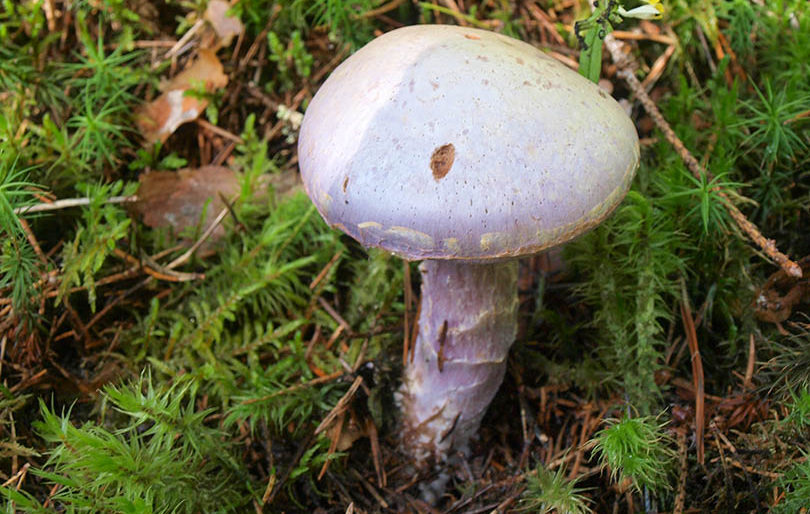
The cobweb is a beautiful, but deadly poisonous mushroom, despite its external attractiveness. Its peculiarity is the presence of tollanin toxin, which acts slowly on the kidneys and causes renal failure.
In addition, the respiratory tract and musculoskeletal system can be affected before death. In this case, the symptoms of poisoning can occur only after 2 weeks, and the time for treatment will be irretrievably missed.
Eating
All edible spiderwebs are edible only after thorough heat treatment; they cannot be eaten raw.
Useful properties and restrictions for use
Since most of the cobwebs are not used for food due to their inedibility and toxicity, and edible species are not considered particularly valuable and are easily confused with false ones, the beneficial properties of this kind of mushroom are inferior to others. However, they find practical application in medicine to extract some valuable substances for drugs.
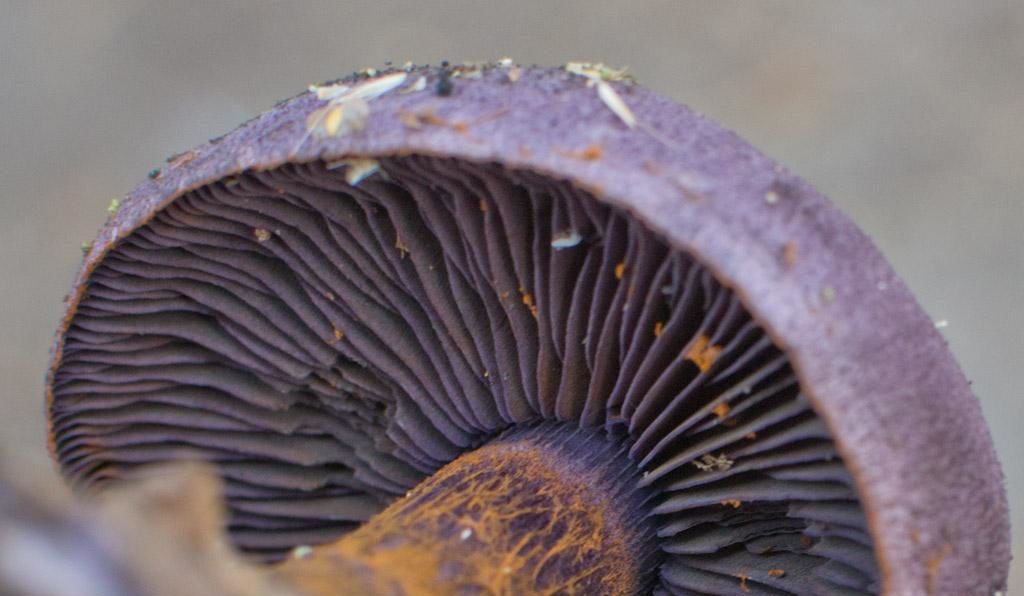
Marshmallows are well known as high-quality raw materials in the manufacture of various kinds of dyes, especially ocher shades. Conditionally and unconditionally edible types of cobwebs after long welding with draining the broth are used to prepare various dishes, but they are not recommended for people with gastrointestinal pathologies and children of any age.
Recipes and cooking features
Three types of unconditionally edible bogs, described above, can begin to cook after a short boil. The remaining conditionally edible varieties after preliminary cleaning and before cooking should be boiled for a long time in several stages, after 5-10 minutes of boiling, draining the broth. After that, they can be salted, pickled, fried and canned, prepared from them first and second courses. It should be borne in mind that dishes will have a specific nutty flavor.
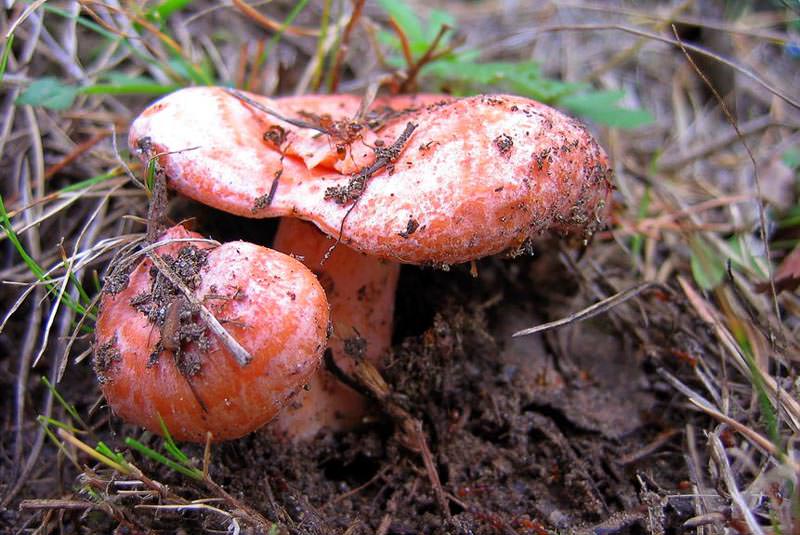 You may be interested in:
You may be interested in:
In addition, different types require certain cooking methods:
- Gray-blue bogs are better to fry and cook.
- Scaly mushroom is eaten only boiled.
- The triumphal and superior species are dried and salted.
Some conventionally edible varieties of pronounced colors are successfully used to decorate other dishes. In all other respects, the preparation of cobwebs is no different from many other recipes.
Answers to widespread questions
The cobweb is difficult to collect and the experienced mushroom picker raises a lot of questions and doubts, experts advise a beginner to bypass this mushroom so as not to later pay for their health and the health of loved ones. Here are some common questions:
In Russia - mainly in the Urals and Siberia, less often in the central part. Around the same place live and toxic blood-red or red-plate, red-scaled or lazy, elegant, lion-yellow and beautiful club-footed cobwebs.
Cobwebs are rare and unsafe mushrooms, while the edible categories have an original pleasant taste. They must undergo heat treatment in the form of boiling with multiple water changes. It is necessary to collect bogs only with full confidence in the correct identification of the species.


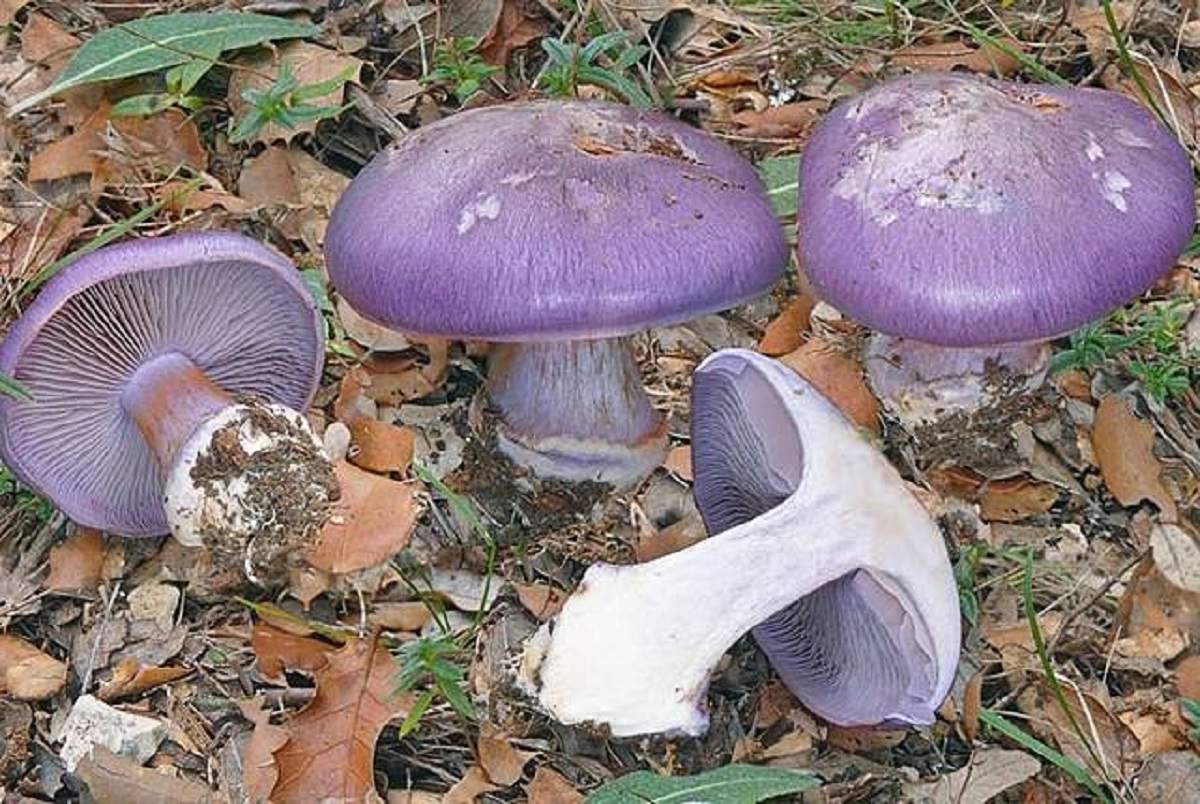
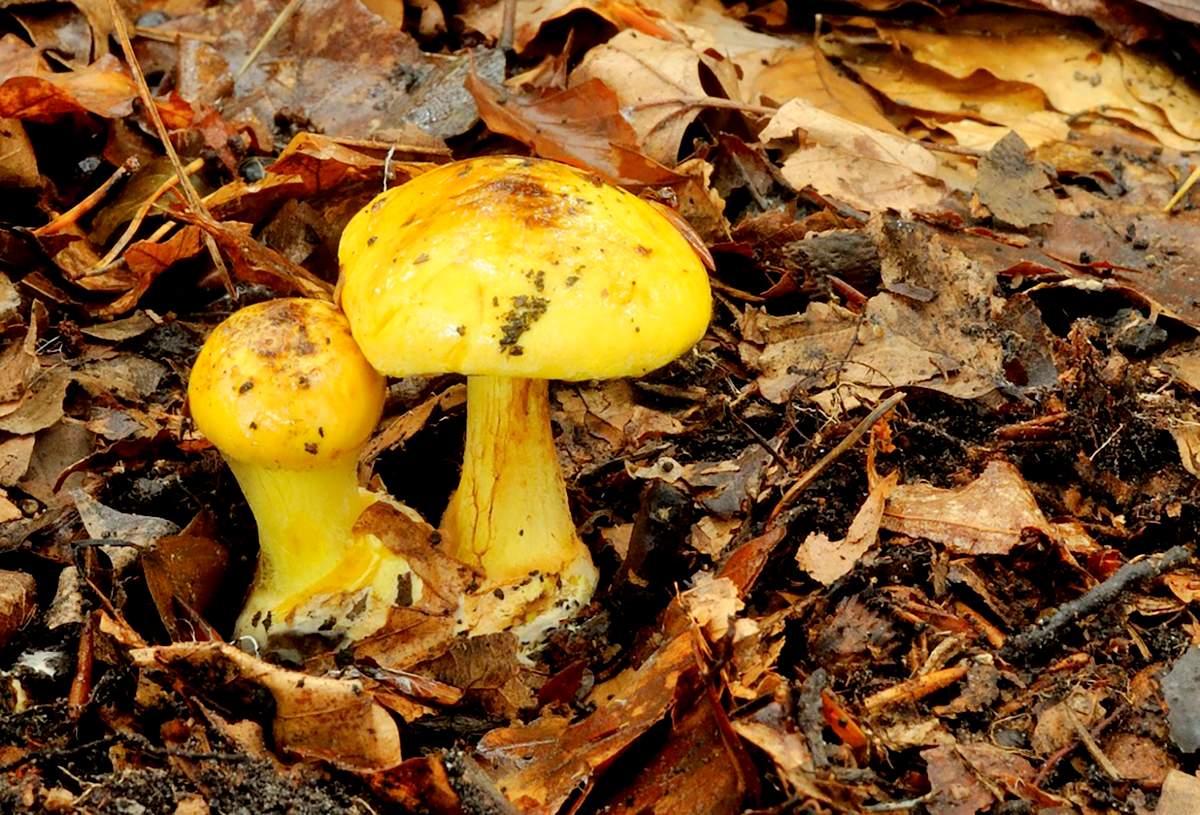
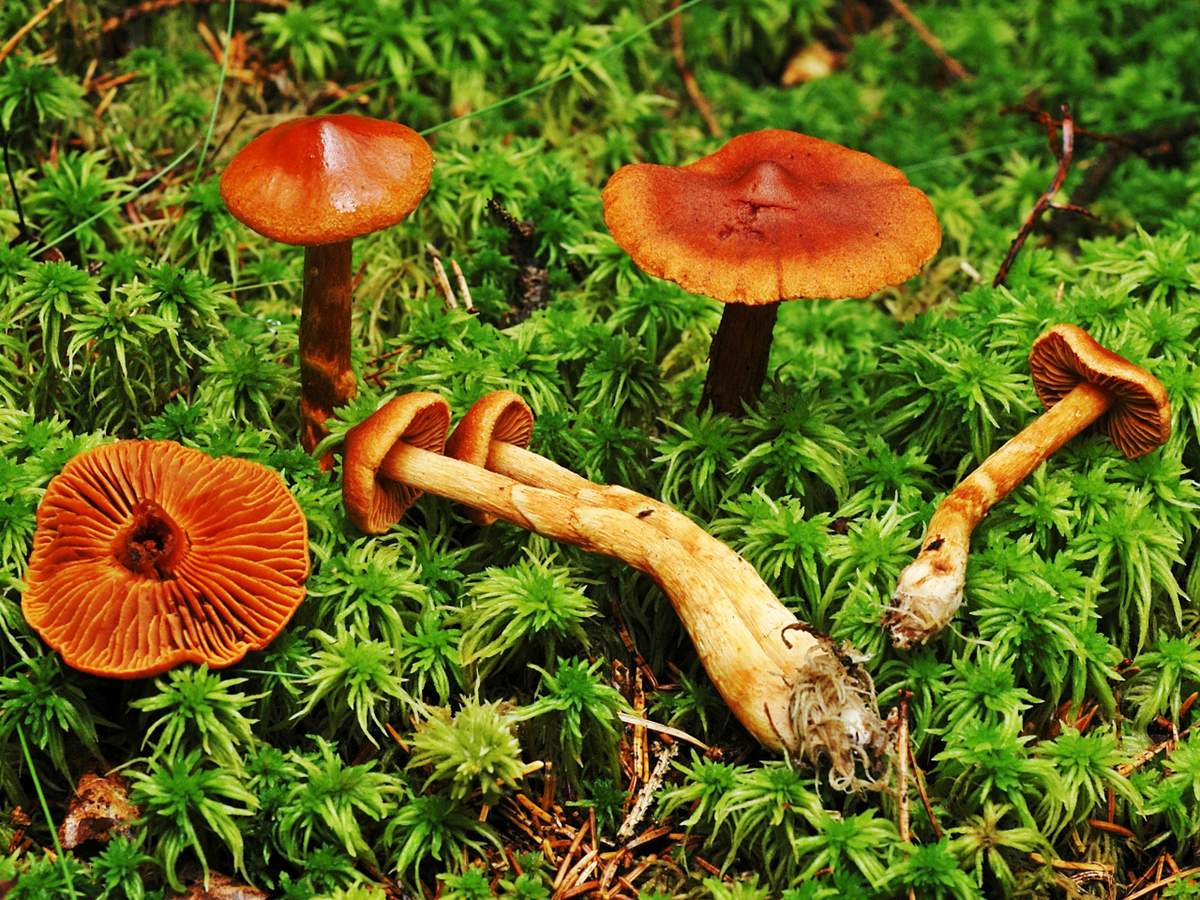
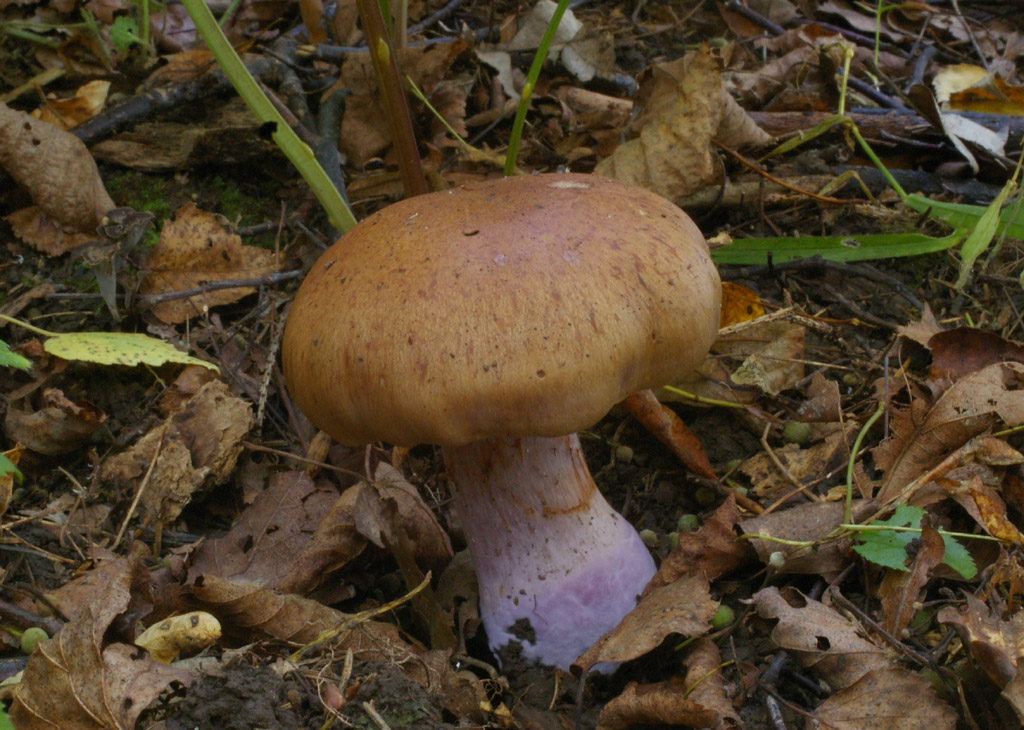
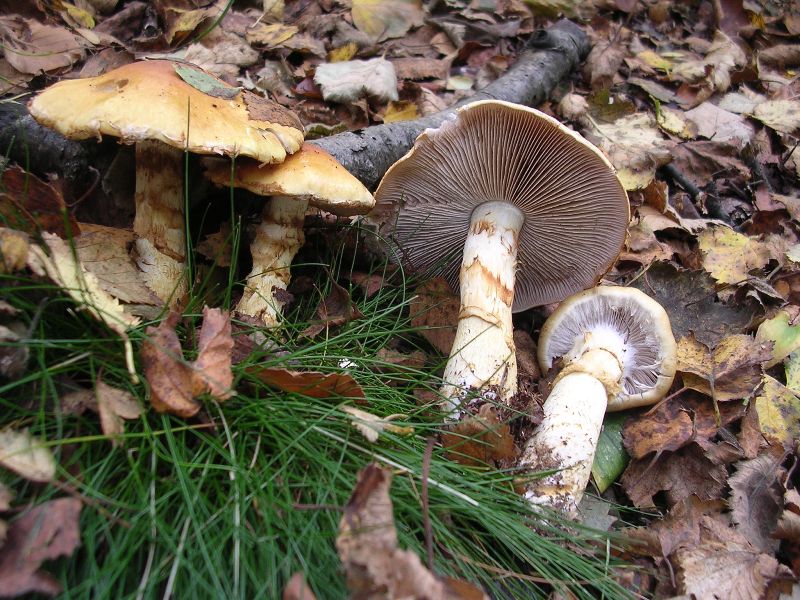
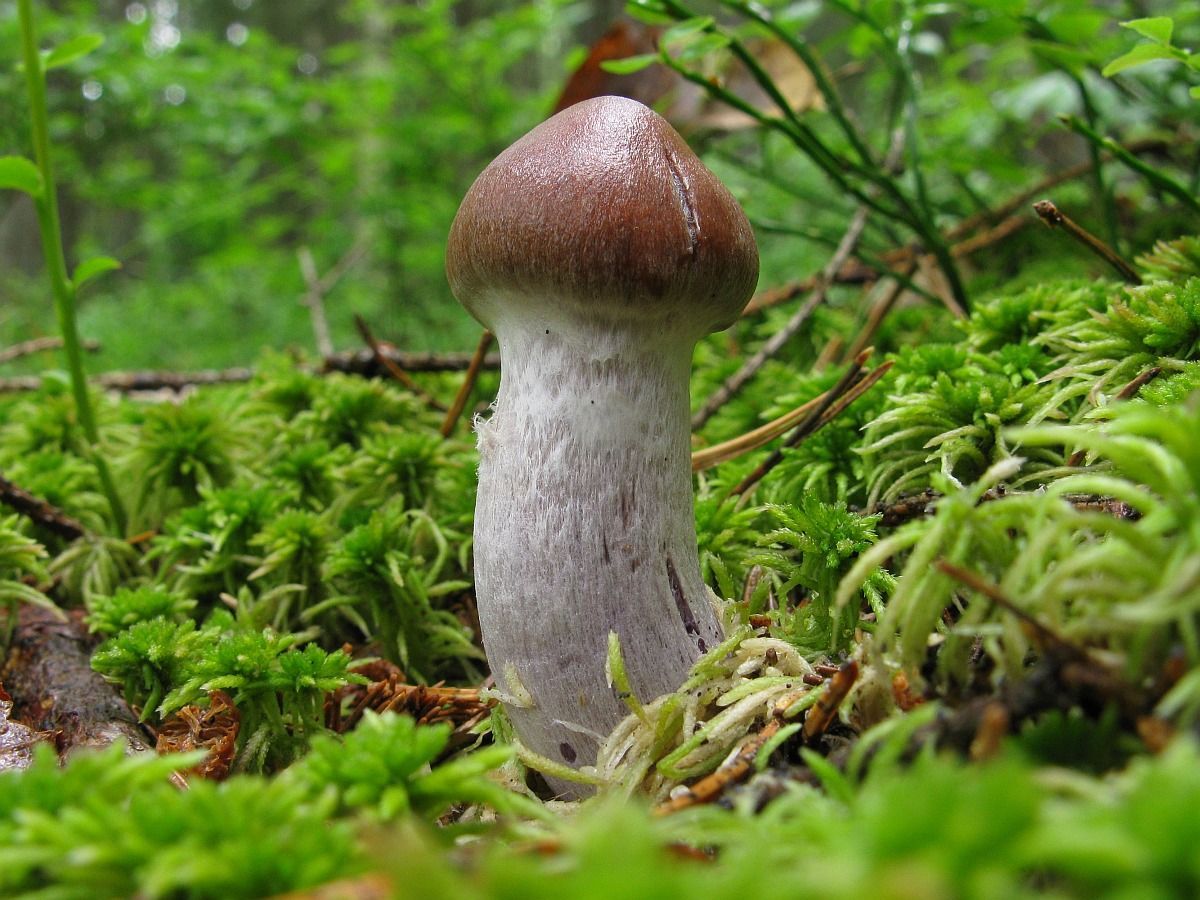
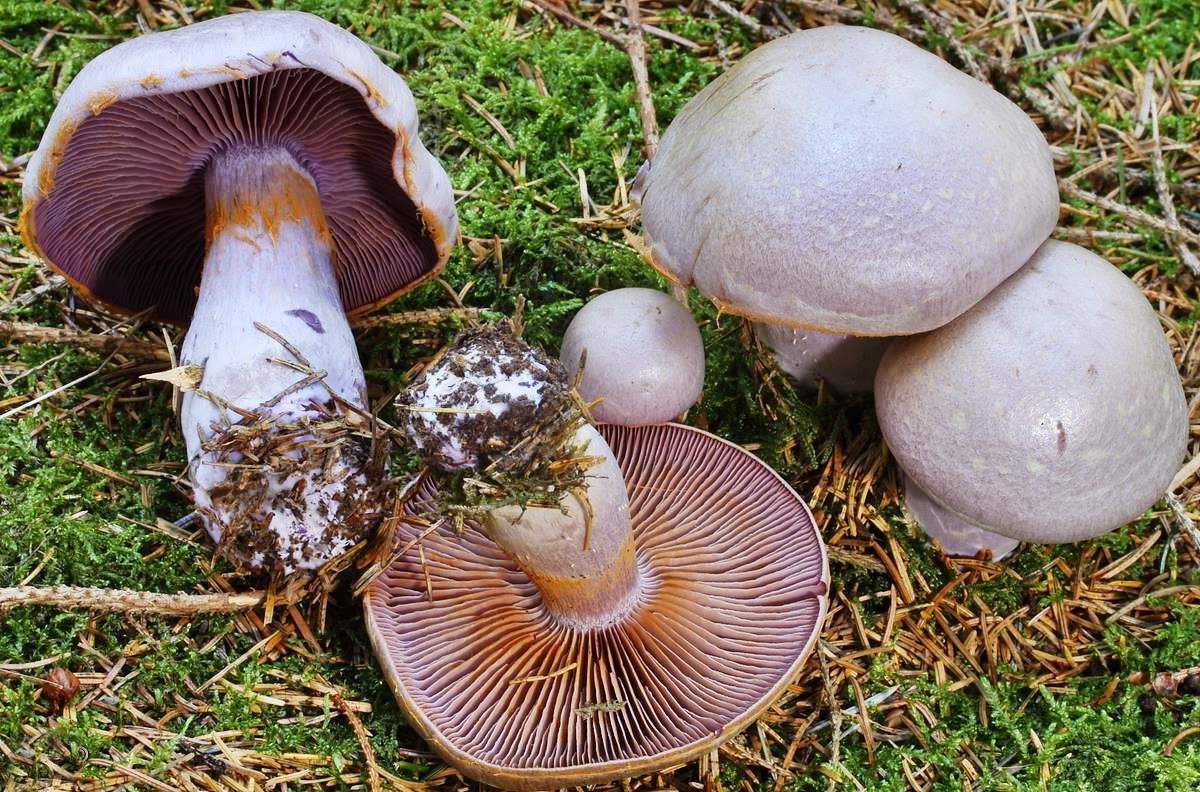
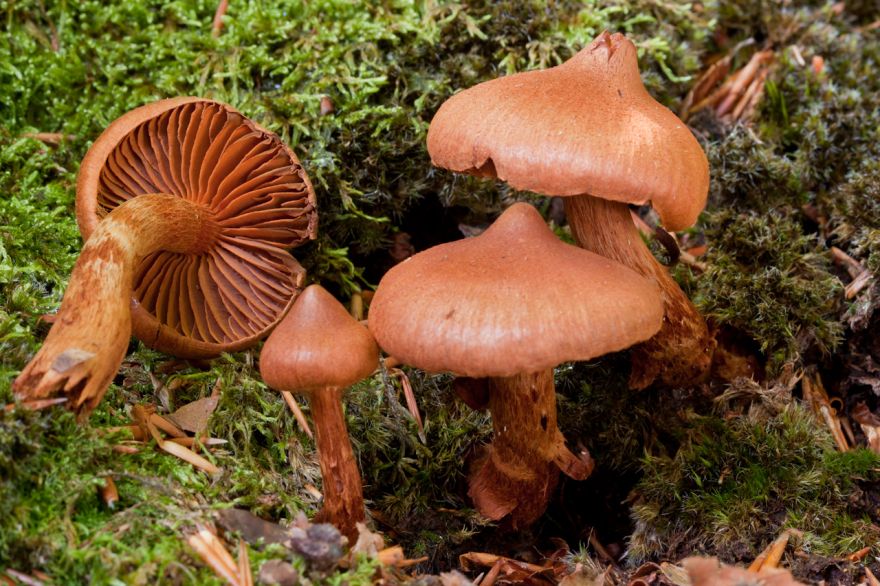
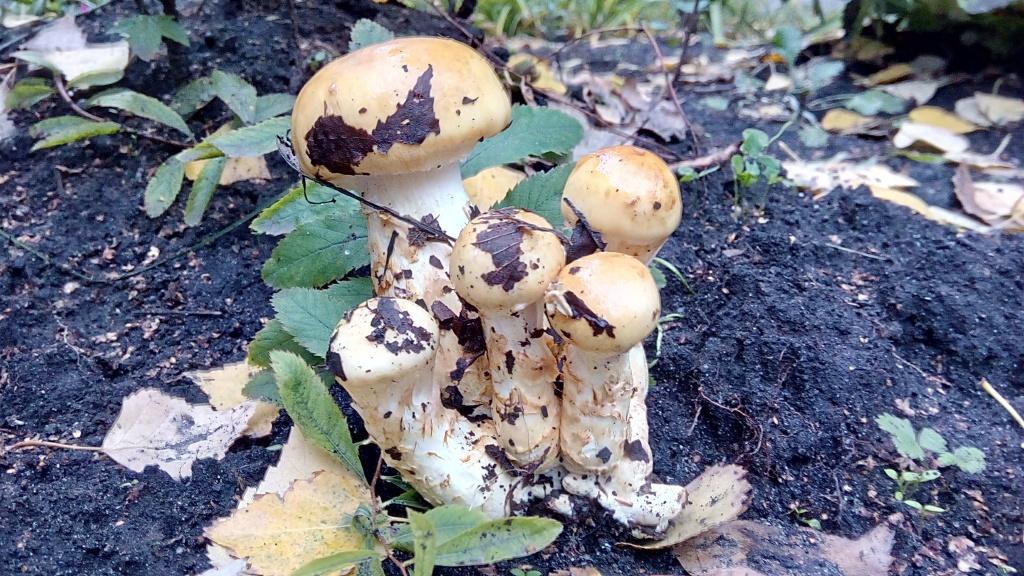
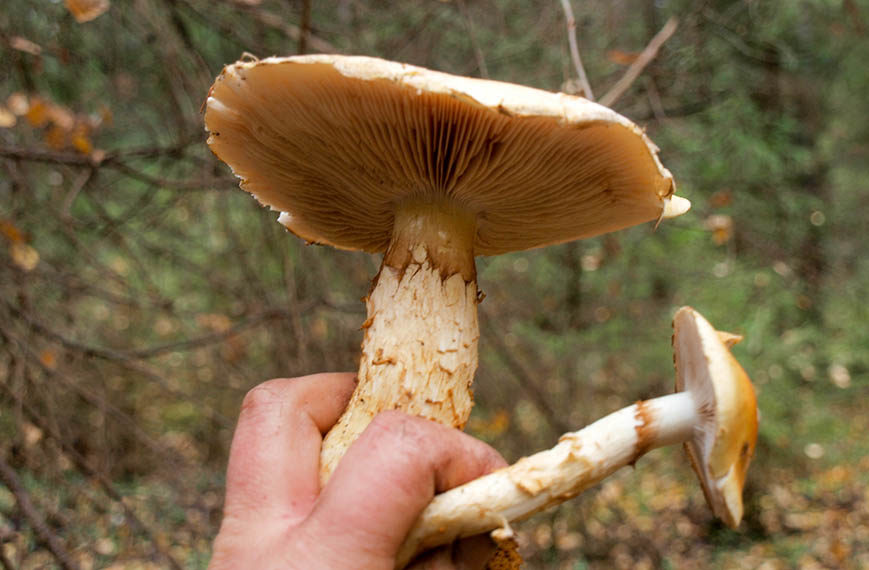
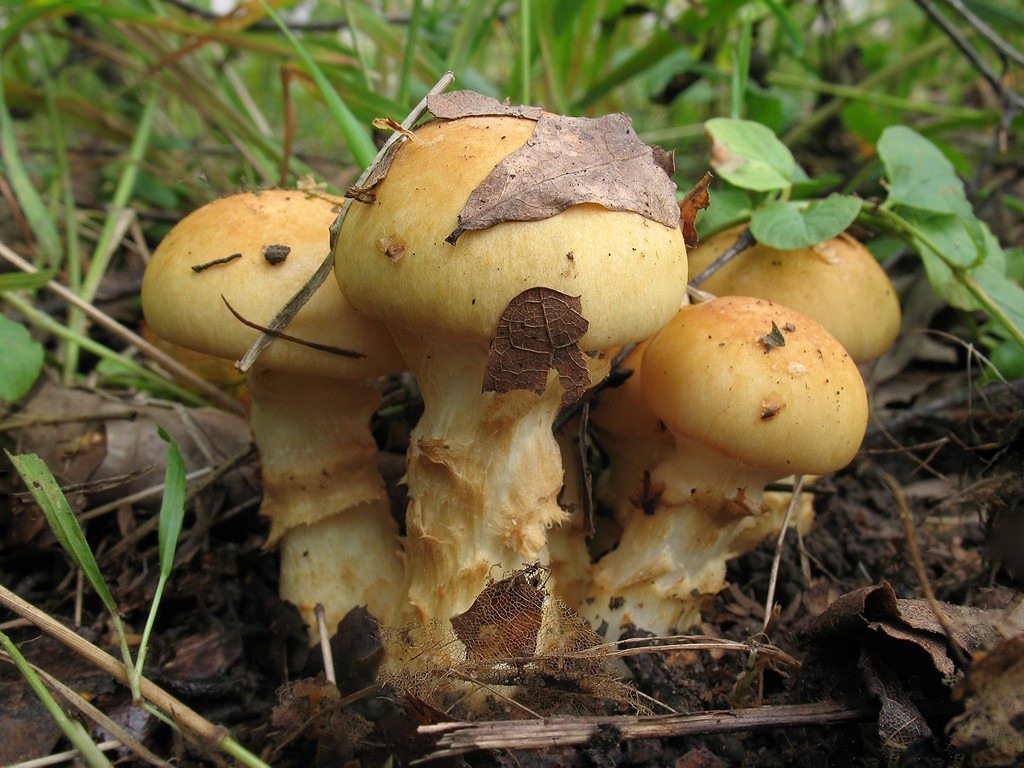
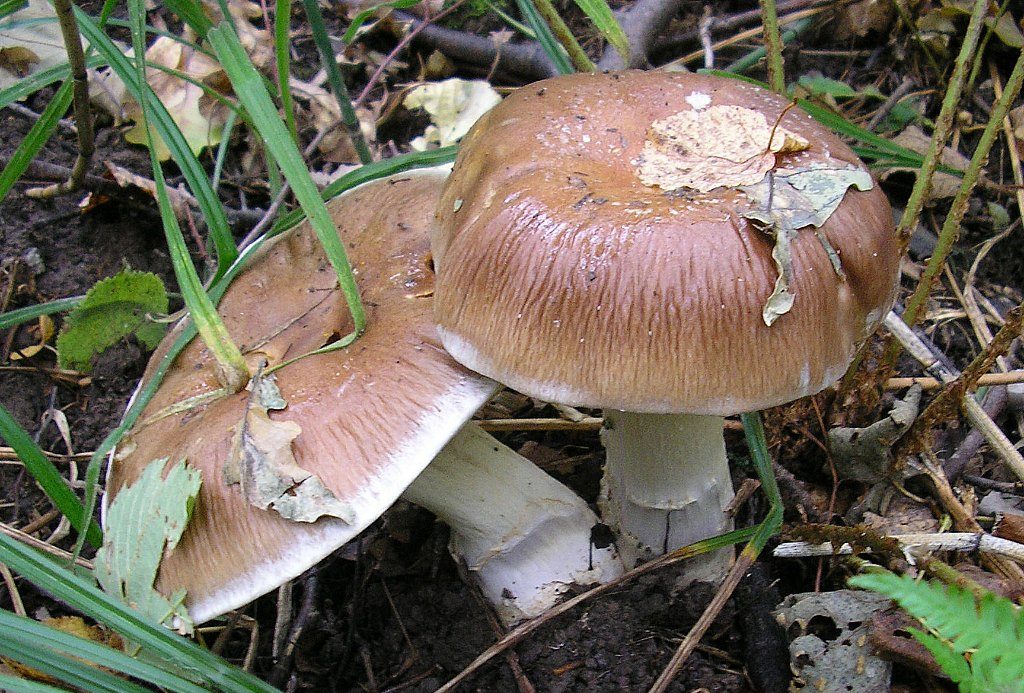
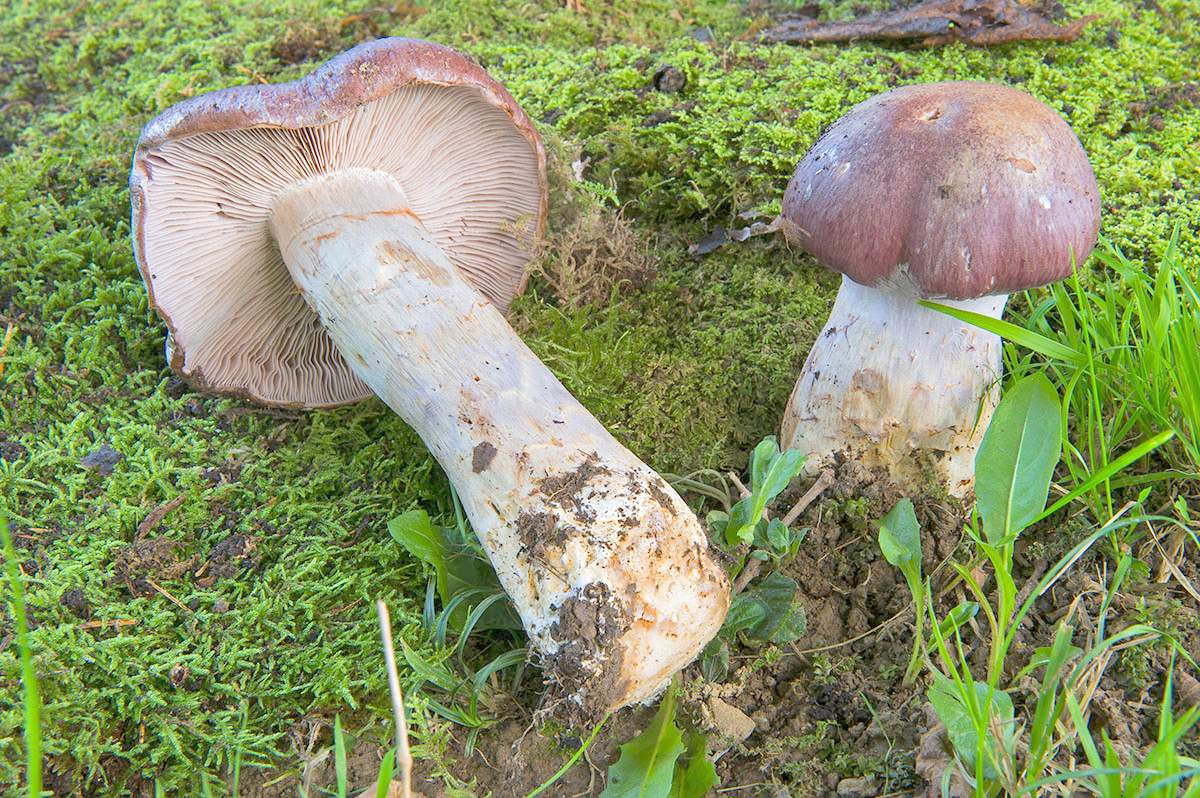
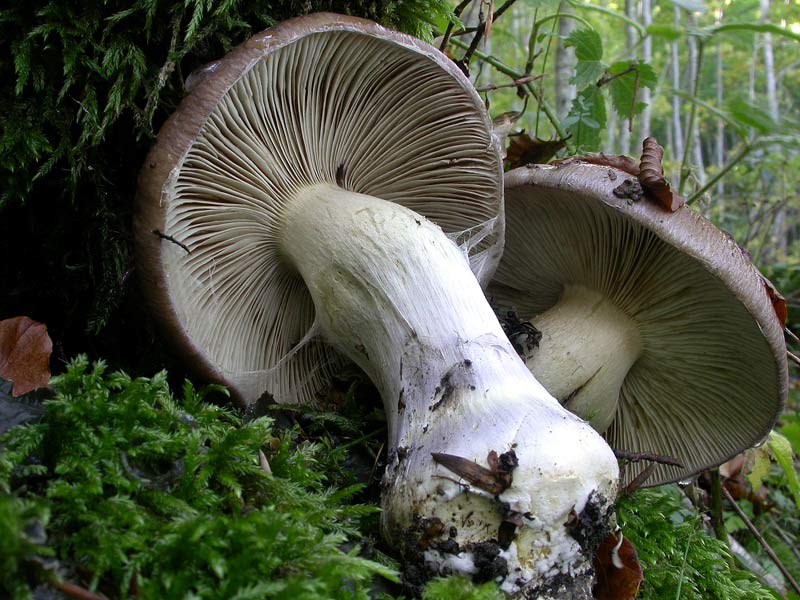
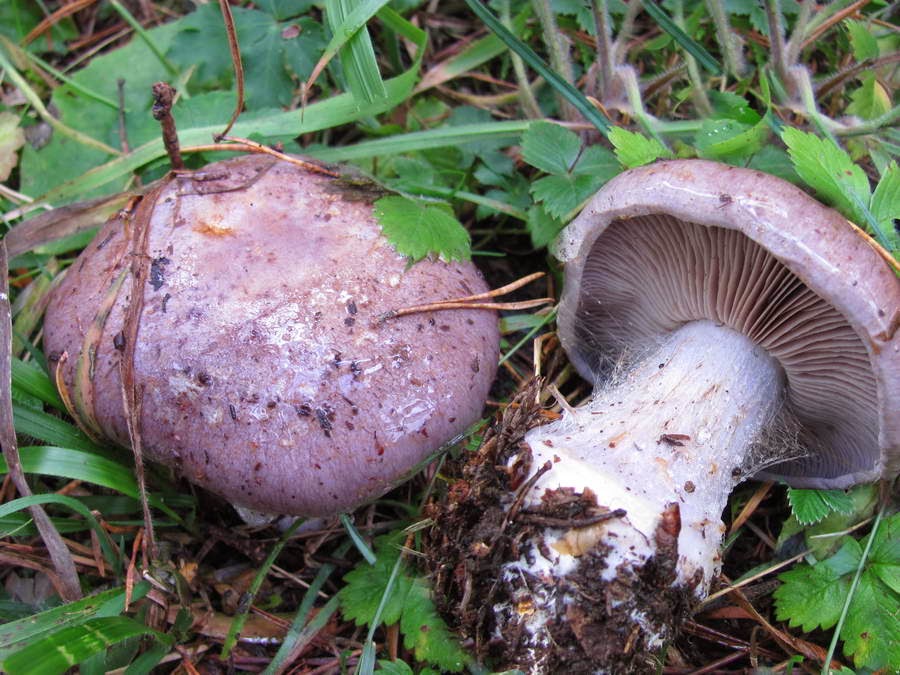
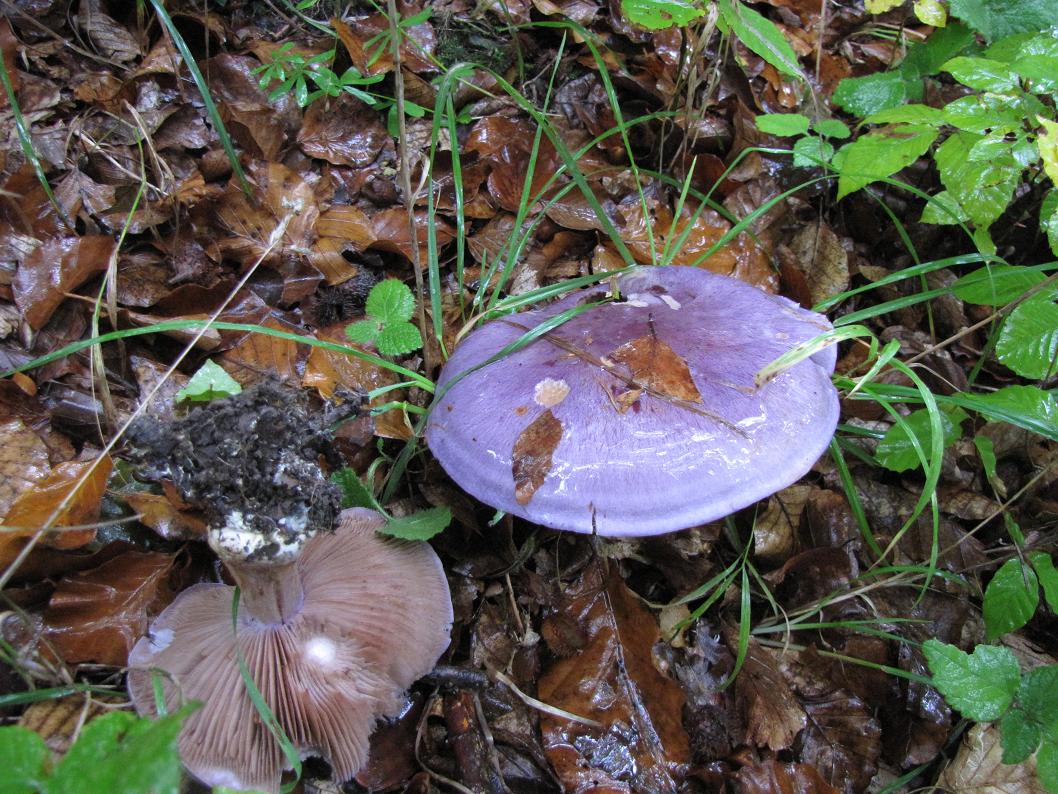
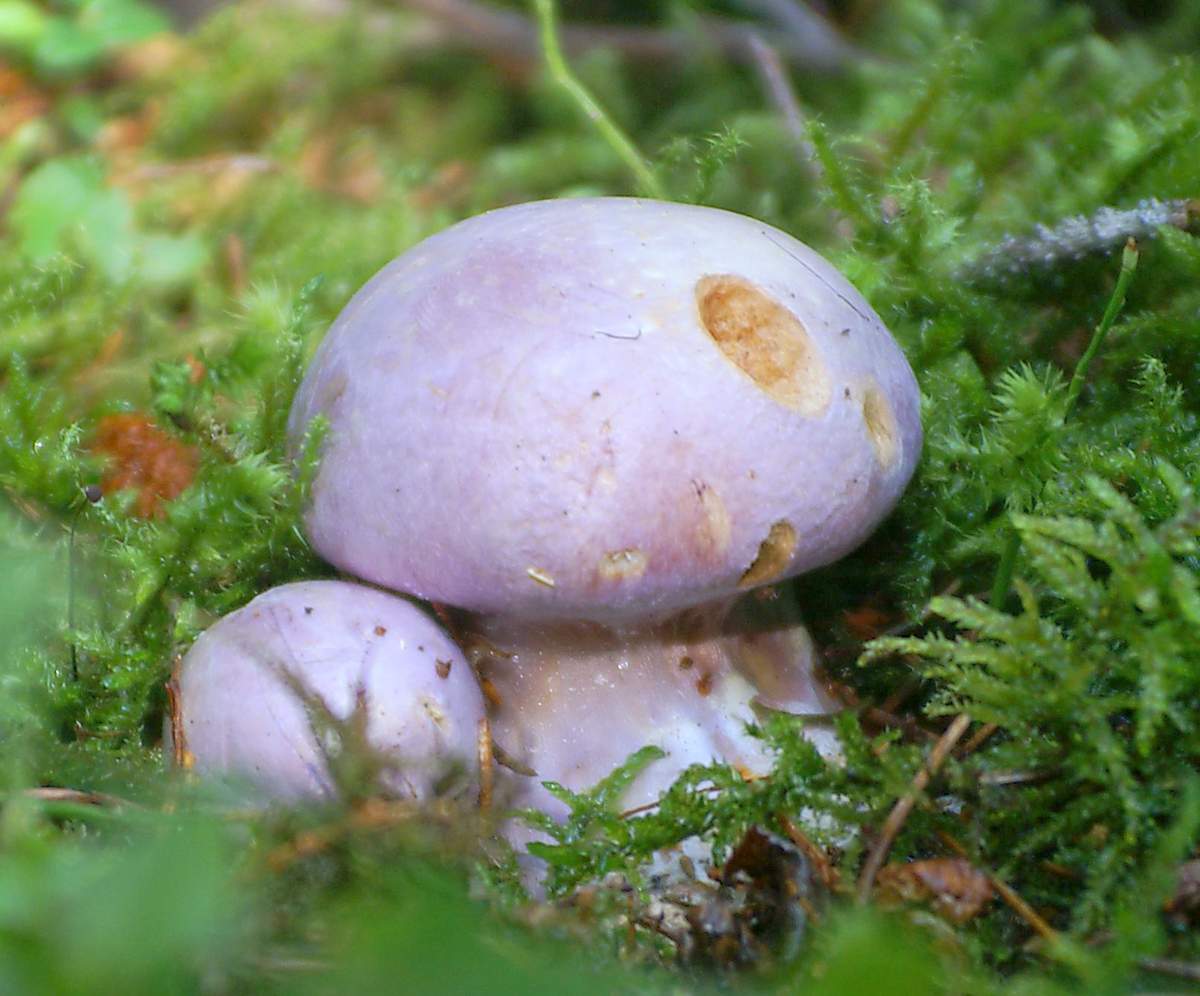



 Care and use of Kombucha at home (+22 photo)
Care and use of Kombucha at home (+22 photo) Edibility of the fungus of the motley umbrella and its description (+19 photo)
Edibility of the fungus of the motley umbrella and its description (+19 photo) Description of edible and inedible oils, their poisonous counterparts (+40 photos)
Description of edible and inedible oils, their poisonous counterparts (+40 photos) Useful properties of milk mushroom and its contraindications (+17 photos)
Useful properties of milk mushroom and its contraindications (+17 photos)